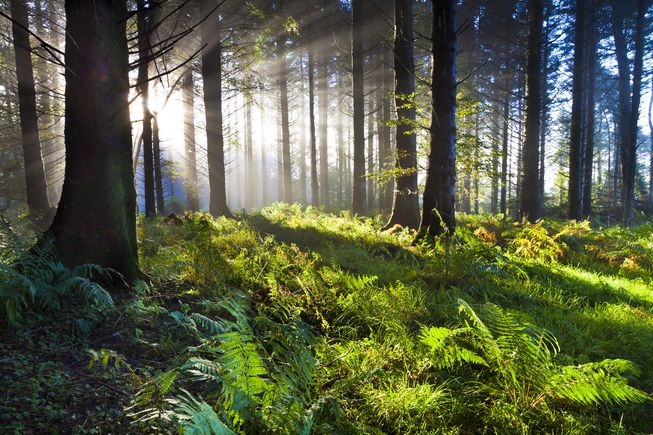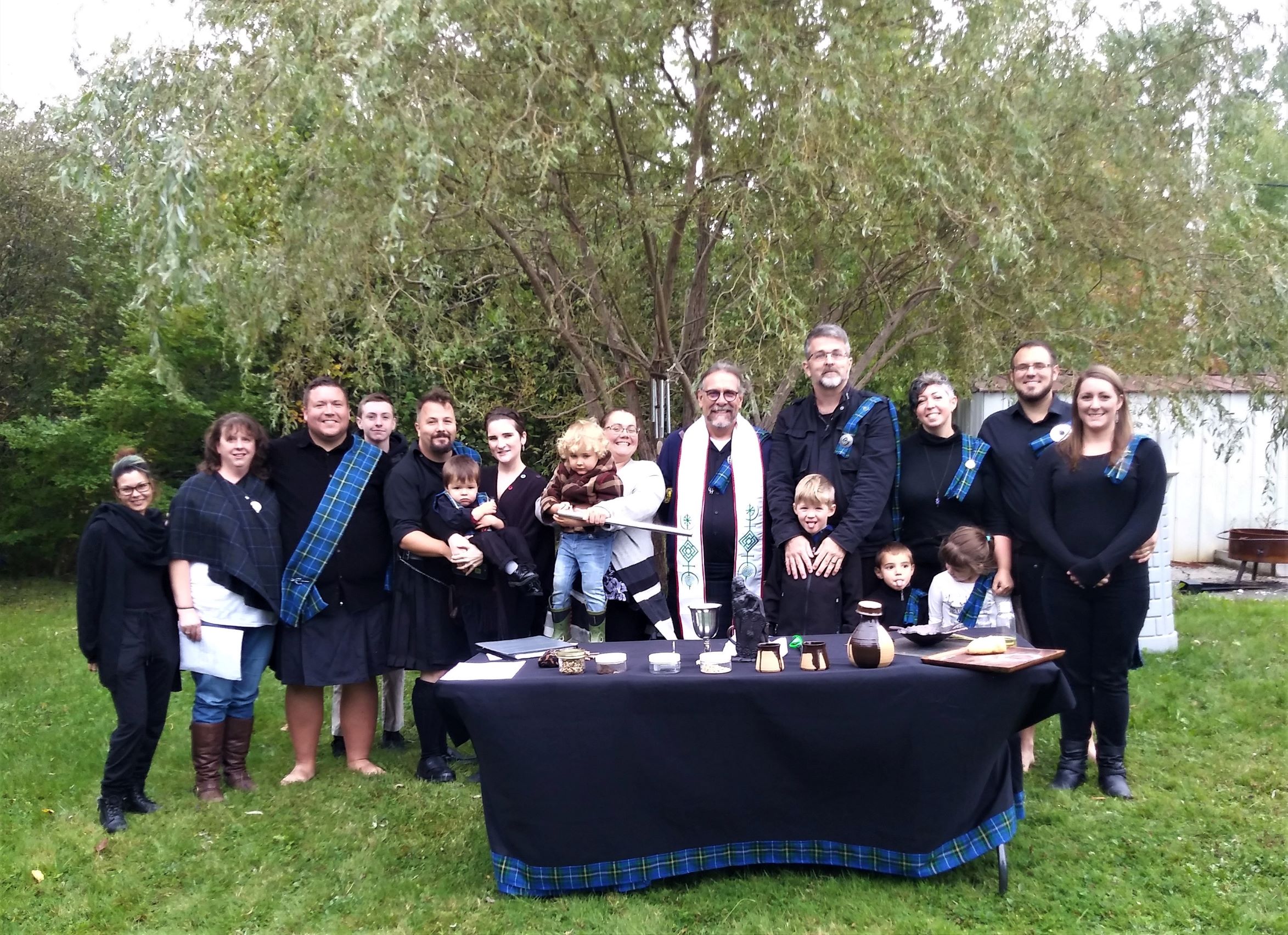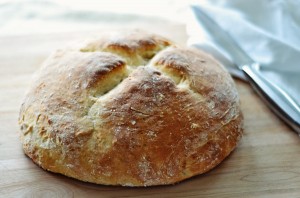This week we looked at making our own incense as another means of being creative and further connecting with out grove members / values. We had a blast and we documented the whole thing for you so have a look.
Firstly you will need a few simple tools:
Blank Incense Sticks
Dropper
Small Dish
Oils of choice
An Olive Oil Dish
Jars
I say you need these – you don’t NEED all of them but they will make it a whole lot easier and tidier.
Firstly, you should know the difference between Fragrance and Essential oils. There are many factors to consider but to put it simply, Fragrance Oils are chemically created, and Essential Oils are naturally derived. Each has its merits, and some may be stronger than others so be sensitive to those around you and to yourself when you are choosing. You should also know that some of these oils can be corrosive so be careful and cover any surface you deem precious.
Lets get started:
Set your Blank Incense Sticks out in your Olive Oil Dish.
Each stick will require about 20 drops (1ml) of oil to fully saturate the stick. Grab your bottle or small dish if you have mixed oils and your dropper. Have fun with it — mix and match your scents.
Load the Dropper up and start to work your way down the stick one drop at a time watching how the oils spreads. Go all the way from one end to the other but stop at the stem, that wont burn anyway. Because the sticks aren’t all perfectly uniform you may need a couple more or fewer drops depending on the size of the stick.
Once you are confident the sticks have been fully covered set them in a Jar to dry for a minimum of 24hours.
There! You did it! You made your own incense sticks! Find what connects/relaxes you and enjoy.
Always remember to burn your incense safely with a proper holder. I have seen people stick incense in potted plants and regret it later. Never leave your sticks burning when you are not around to supervise, where there is an ember, there could be a flame.
Blessed be.
















